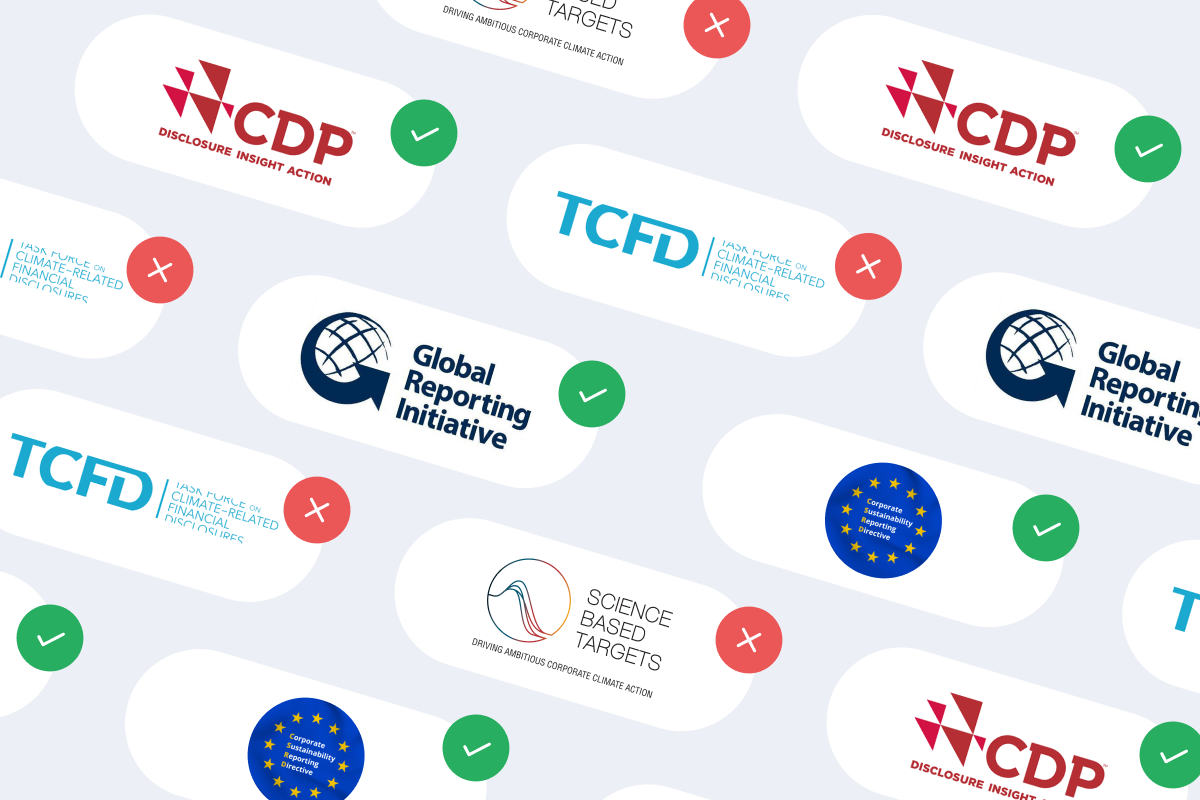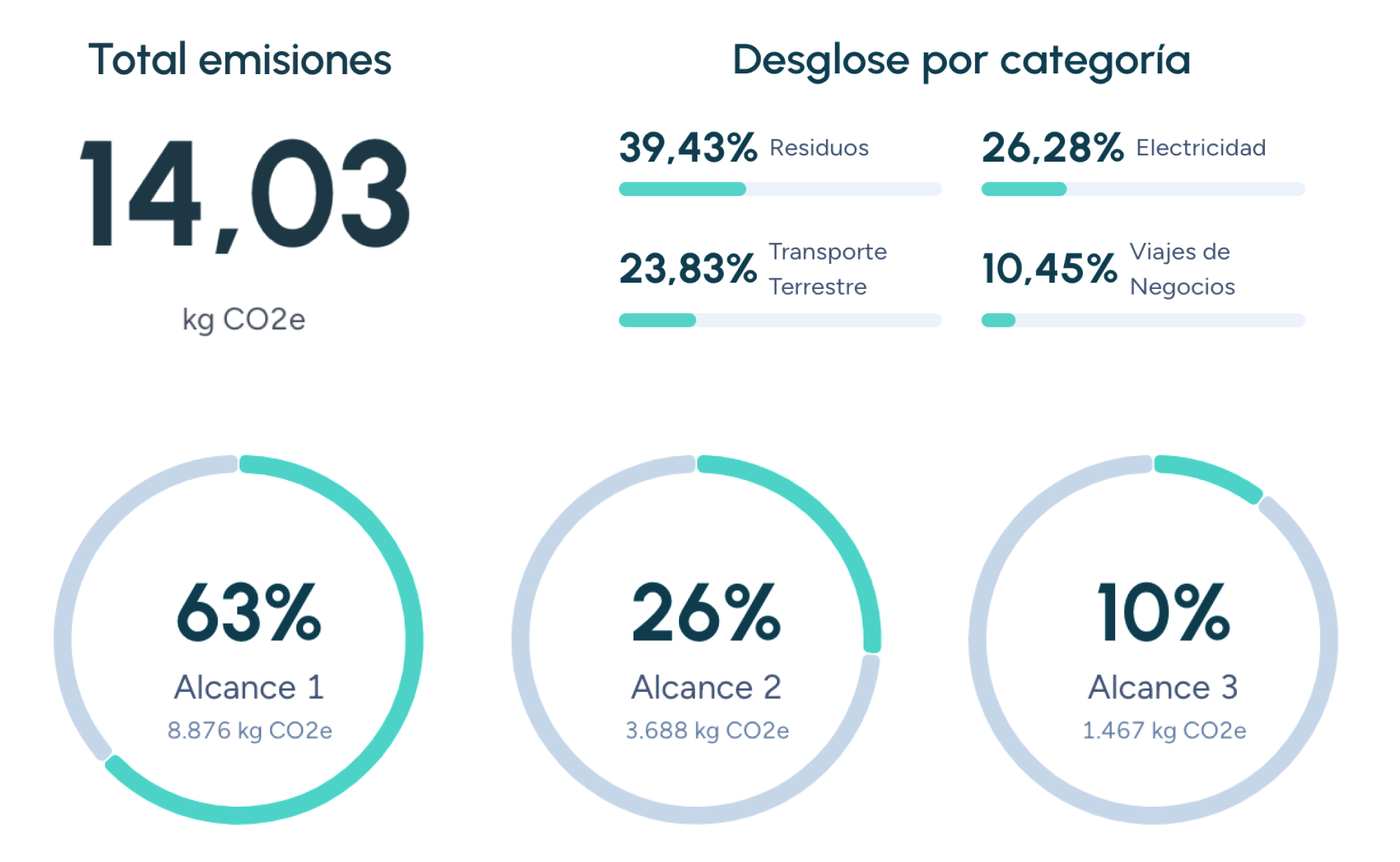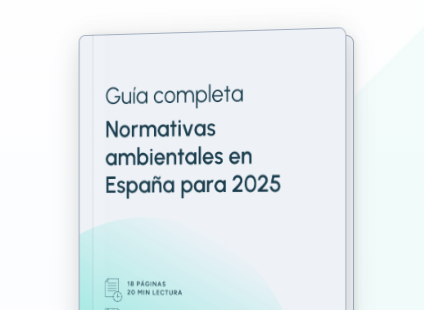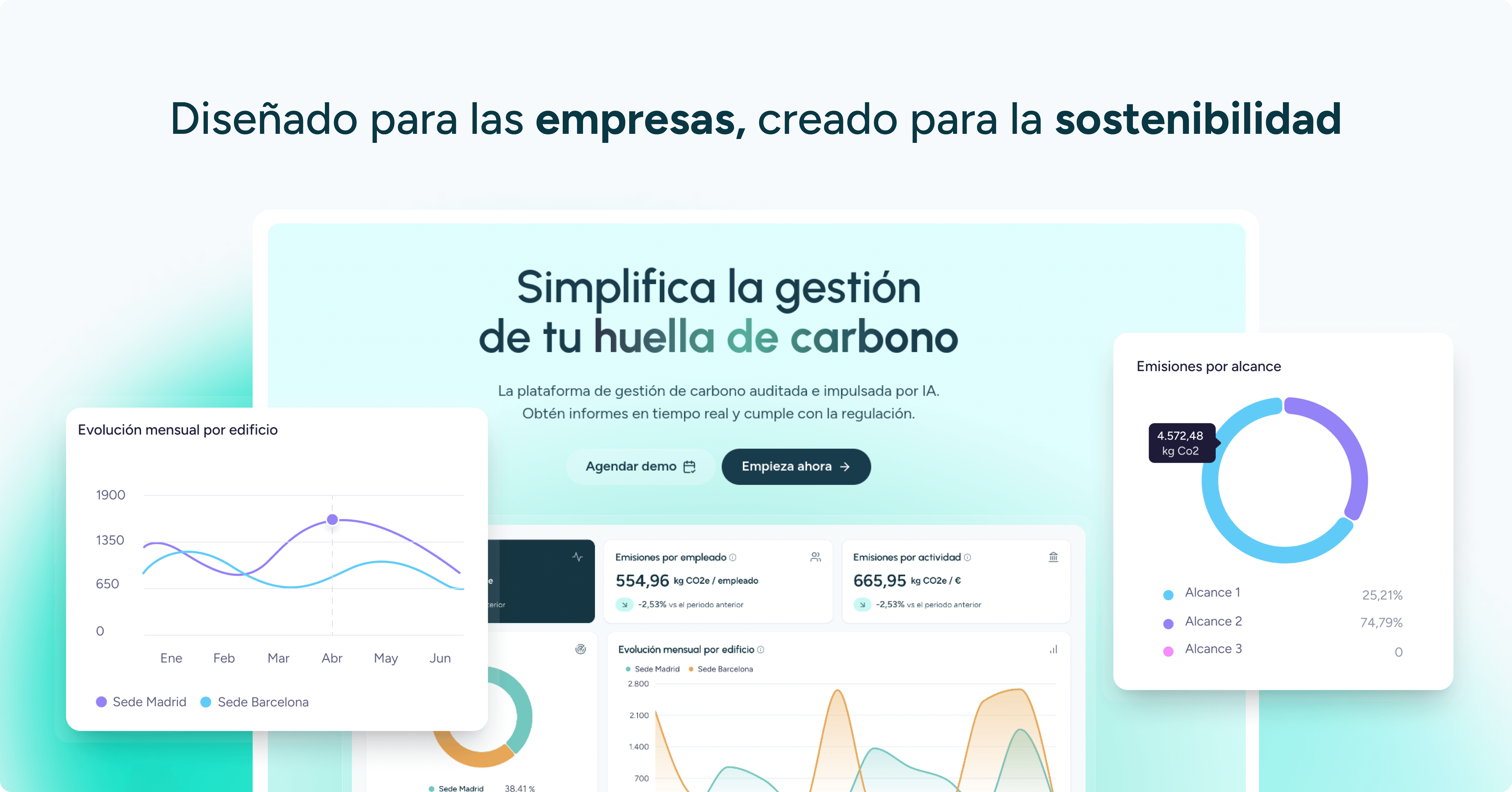Back to the blog
GHG Protocol vs. ISO 14064-1: Which Standard to Choose in 2025?
Jaume Fontal
CPTO & Co-Founder
Greenhouse gas (GHG) management has become a strategic obligation for Spanish companies.
Between the requirements of the MITECO Registry, the guidelines of the Corporate Sustainability Reporting Directive (CSRD), and the increasing demands of investors, organizations can no longer improvise when it comes to calculating and reporting their carbon footprint. Data credibility and comparability with other companies have become decisive factors.
In this context, a key question arises: which standard is more suitable for a company: the GHG Protocol or ISO 14064-1? Both frameworks are internationally recognized, but they present differences that impact implementation costs, the level of recognition they provide, and how they respond to regulatory requirements.
In this article, we break down their characteristics and explain how to decide which one best fits your sustainability strategy.
What is the GHG Protocol?
The GHG Protocol (Greenhouse Gas Protocol) is the international reference framework for greenhouse gas accounting. It was launched in 2001 by the World Resources Institute (WRI) and the World Business Council for Sustainable Development (WBCSD) with a clear purpose: to provide a standardized methodology that facilitates data comparability across companies and sectors.
Its structure is based on three scopes:
- Scope 1 includes direct emissions controlled by the company, such as fuel consumption in boilers or company-owned fleets.
- Scope 2 covers indirect emissions associated with purchased electricity.
- Scope 3, the most complex and increasingly relevant, incorporates indirect value-chain emissions, from business travel to goods transport and supplier impacts.
In practice, the GHG Protocol has become the common language of sustainability. In 2025, more than 90% of companies reporting to CDP use this framework, giving it a global legitimacy that is hard to match.
What is ISO 14064-1?
ISO 14064-1:2019 is a standard from the International Organization for Standardization (ISO) that establishes detailed principles and requirements for the quantification and reporting of GHG emissions. Unlike the GHG Protocol, which does not include a certification mechanism, ISO is designed to be verifiable and auditable by accredited third parties.
This standard is part of the ISO 14000 family, focused on environmental management, and integrates easily with other management systems such as ISO 14001. In Spain, it has an added value: reports verified under ISO 14064-1 are accepted by the Spanish National Accreditation Body (ENAC) and comply with the formal requirements of the MITECO Registry.
Therefore, ISO 14064-1 offers a more rigorous path for companies that need to demonstrate legal compliance, transparency in audits, and alignment with public policies.
Key differences between the GHG Protocol and ISO 14064-1
Although both standards pursue the same objective—accounting for and reporting GHG emissions—their approaches differ significantly.
- Origin: The GHG Protocol stems from a private initiative, designed for global comparability and communication with international markets. ISO comes from a formal standardization body, giving it a more normative and auditable character.
- Structure: The GHG Protocol is organized around the three scopes, a widely used scheme that facilitates transparent communication. ISO 14064-1 proposes a more detailed categorization, allowing methodological flexibility and intended to be evaluated by external auditors.
- Verification: The clearest difference. The GHG Protocol does not require external audits, although many companies voluntarily undergo verification processes. ISO 14064-1, by design, incorporates accredited auditing, which increases trust among regulators, investors, and clients.
- Cost: The GHG Protocol is more economical since it does not require certification. Implementation involves internal resources and, in some cases, consulting support. ISO 14064-1, however, entails additional costs for auditing and certification but adds value in terms of credibility.
Ultimately, the choice depends on company strategy. The GHG Protocol is preferred by multinationals and companies seeking recognition in global markets, while ISO 14064-1 is better suited to companies prioritizing regulatory compliance and local requirements in Spain.
Which standard is right for you: GHG Protocol or ISO 14064-1?
The answer depends on your organization’s primary objective:
- If you seek global recognition and alignment with major international sustainability frameworks, the GHG Protocol is the best choice. It is closely tied to initiatives like the Carbon Disclosure Project (CDP), the Global Reporting Initiative (GRI), and the Science Based Targets initiative (SBTi).
- If you need regulatory backing, data traceability, and the ability to pass official audits, then ISO 14064-1 is the most appropriate option. In Spain, its certification also offers a competitive edge in public tenders and procurement processes with large clients requiring verified sustainability evidence.
In many cases, the most robust solution is to combine both approaches. This hybrid strategy uses the GHG Protocol for international communication and comparability, while ISO 14064-1 ensures compliance and credibility with administrations and auditors.
GHG Protocol and ISO 14064-1: Two sustainability standards
Currently, there is no single standard valid for all organizations. The GHG Protocol is the most suitable tool for companies prioritizing global communication, comparability, and recognition in international frameworks. ISO 14064-1, on the other hand, is the key standard for those requiring verifiable certification, legal compliance, and credibility in audit processes.
The best strategy may not be choosing one over the other but leveraging the complementarity of both. This way, a company can communicate transparently in international markets while ensuring regulatory compliance in Spain and the European Union.
If you want to learn more about Spanish regulatory requirements, we recommend reading our article on the MITECO Registry in Spain: verification and obtaining the seals.
FAQs about the GHG Protocol and ISO 14064-1
Does the MITECO Registry accept both standards?
Yes, the MITECO Registry allows the use of both GHG Protocol and ISO 14064-1, although in the latter case verification by an accredited entity is mandatory.
Which of the two standards is more expensive to apply?
The GHG Protocol is usually more economical because it does not require certification. ISO 14064-1, however, entails additional costs for audits and certifications, though it provides greater credibility.
Is it possible to apply both standards at the same time?
Yes. In fact, more and more companies are using the GHG Protocol for international communication and ISO 14064-1 to meet Spanish and European regulatory requirements.
Jaume Fontal
CPTO & Co-Founder
About the author
Jaume Fontal is a technology professional who currently serves as CPTO (Chief Product and Technology Officer) at Manglai, a company he co-founded in 2023. Before embarking on this project, he gained experience as Director of Technology and Product at Colvin and worked for over a decade at Softonic. At Manglai, he develops artificial intelligence-based solutions to help companies measure and reduce their carbon footprint.
Content
Companies that already trust manglai
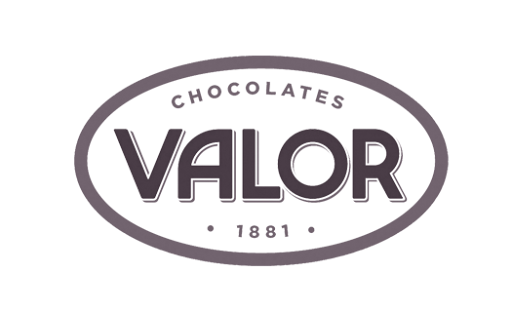


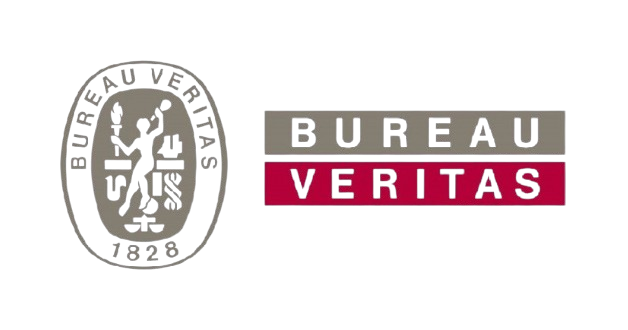

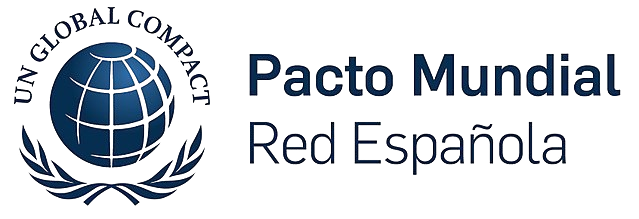








CSRD for SMEs: How cascading regulation will impact your supply chain in 2025
Discover how the CSRD will affect SMEs through the supply chain in 2025—and how to get ready to comply.
22 October, 2025
B Corp Certification in Spain: Cost-Benefit Analysis and the Path to Impact
We analyze B Corp certification in Spain: costs, real benefits, and the steps to obtain the seal that drives sustainability.
06 October, 2025
Guide to the MITECO Registry: Verification and Obtaining the “Calculate, Reduce, Offset” Seals
Learn how to calculate, verify, and register your footprint with MITECO and obtain the Calculate, Reduce, and Offset seals.
29 September, 2025
Guiding businesses towards net-zero emissions through AI-driven solutions.
© 2025 Manglai. All rights reserved
Política de Privacidad